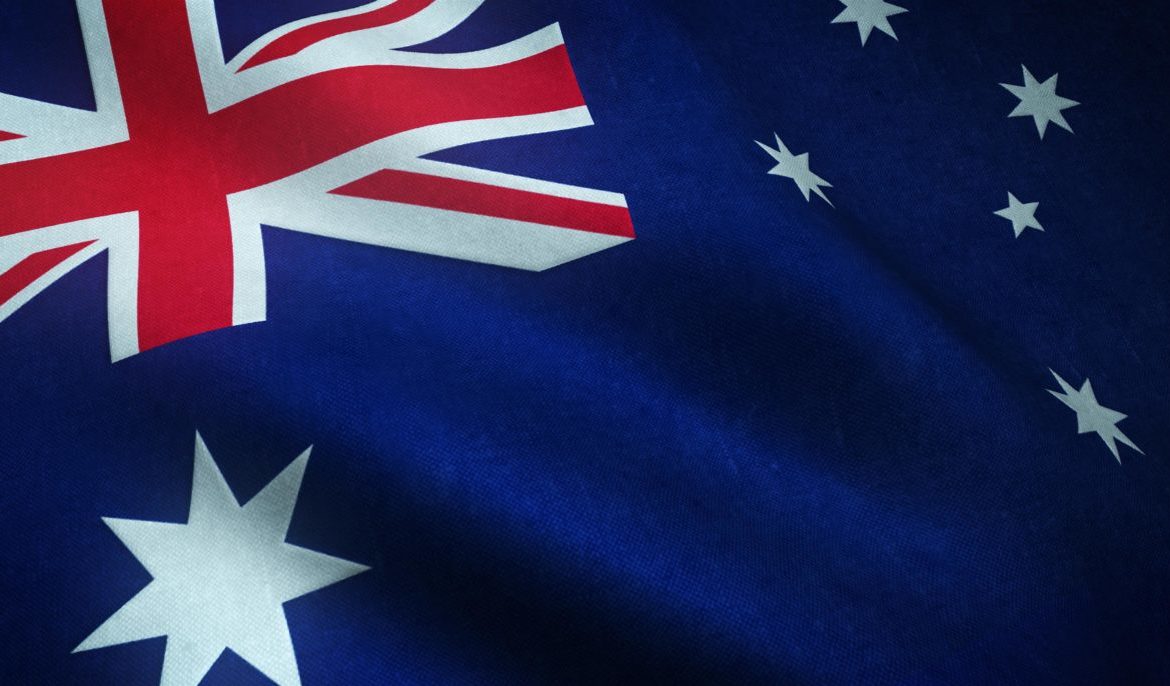Key Points
- The Australia GDP growth slowed to 0.2% in the fourth quarter, under forecasts.
- The annual growth rate dipped to 1.5%, the lowest since early 2021.
- Consumer spending on essentials rose, while discretionary spending fell.
- RBA’s rate hikes led to a retreat in headline inflation.
- The economic outlook suggests a slow start in 2024, with expectations of improvement in the latter half.
The Australian economy experienced a modest 0.2% increase in GDP growth for the December quarter, falling below the expected 0.3% growth. This slight slowdown from the previous quarter’s 0.3% growth brought the annual growth rate down to 1.5%, a noticeable decline from the previous 2.1% and the lowest since early 2021.
Essentials Rise by 0.7%, Discretionary Spending Drops by 0.9%
Interestingly, household spending didn’t drive economic growth in the last quarter of the year. A detailed analysis showed a 0.7% rise in spending on essentials, whereas discretionary spending fell by 0.9%. Increased spending on electricity, rent, food, and health contrasted with decreased expenditure in hotels, cafes, restaurants, and new vehicle purchases.
RBA’s Rate Hikes Lower Inflation to a Two-Year Low
The Reserve Bank of Australia (RBA) raised interest rates by 425 basis points since May 2022 to combat inflationary pressures. This aggressive policy approach brought headline inflation down to a two-year low, demonstrating the effectiveness of the central bank’s actions.
RBA Predicts Slower Growth to 1.3% by Mid-2024
Faced with a tough global economic environment, with countries like Japan and Britain entering recession and stalled growth in the Eurozone, Australia’s economy remains resilient yet cautious. The RBA predicts a slowdown in growth to 1.5% by the end of last year and a further reduction to 1.3% by mid-2024.
Per Capita GDP Drops by 0.3%, Savings Rate Increases to 3.2%
The GDP per capita in December saw a 0.3% decline, marking the third consecutive quarter of decrease, which reflects the economic challenges faced. In contrast, the household savings ratio increased to 3.2% from 1.9% in the previous quarter, indicating cautious consumer behaviour.
Trade Boosts GDP by 0.7%, Mixed Outlook for 2024
Net trade significantly contributed to Australia’s economy, adding 0.7 percentage points to GDP growth in the fourth quarter amidst a reduction in imports, underscoring trade’s vital role in economic performance.
Expectations for 2024 are mixed. The early months may continue to feel the impact of ongoing cost-of-living pressures. However, anticipated tax and rate cuts could provide relief, potentially leading to economic improvement in the latter half of the year. Analysts and officials are observing an economy in transition from inflationary challenges to focusing on growth strategies, dubbing it a “tale of two halves.”













